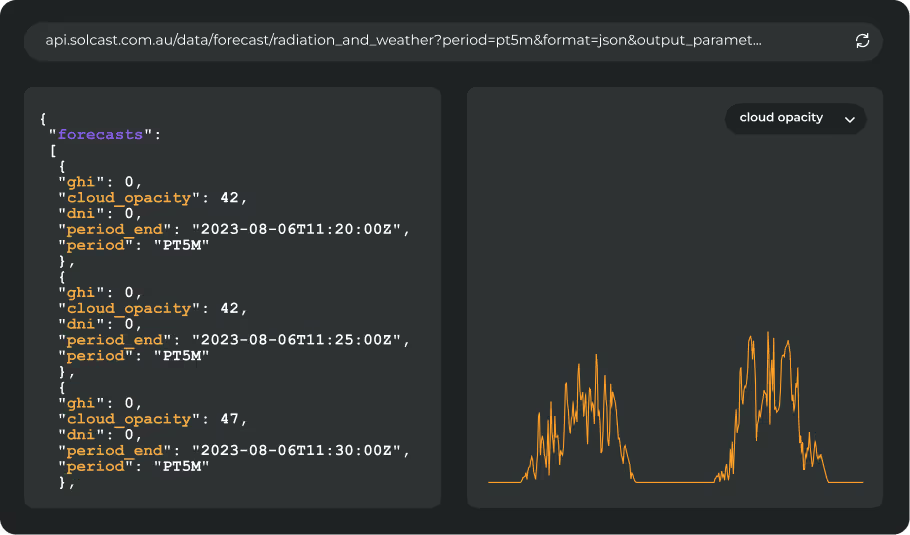At Solcast, we continuously monitor the performance of our forecasts. When we see that our forecasts differ significantly from public sources, we check the data and investigate. Mostly because we need to investigate anomalies, but also because our team love digging into complex problems. On the 3rd of June, we spotted an anomaly in our day-ahead prediction for solar generation in Germany, when our country-wide forecast was 15% lower than what was forecast by the TSO. What we found is a great example of why accurate forecasts matter to the clean energy transition.
How can solar forecasts impact energy prices?
On the 3rd of June, the intraday price of electricity in Germany jumped to a record-breaking level, 10x higher than the day-ahead spot price. This is the highest price that we have seen in 2024 by a significant margin.
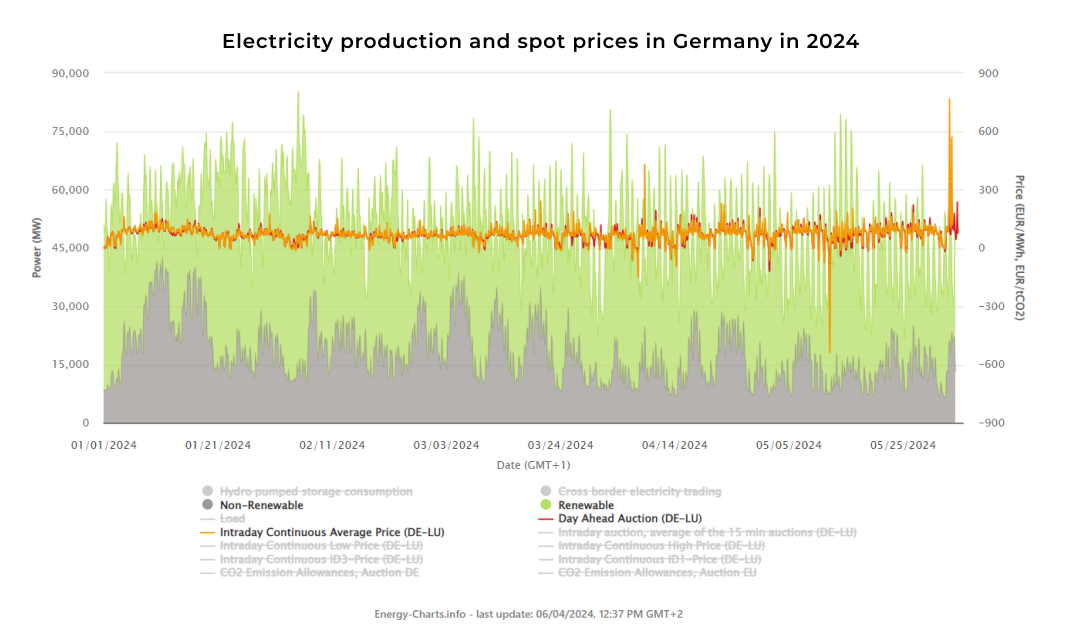
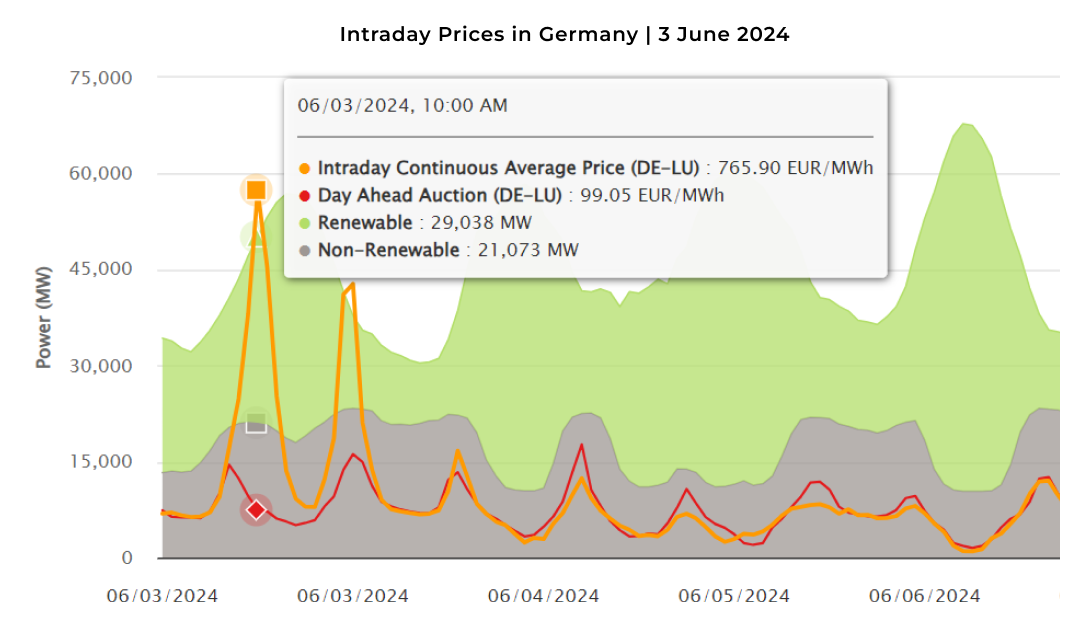
There are a number of reasons why such a spike in prices would occur, but the deviation from the day-ahead prices is staggering. Our analysis suggests that one of the contributing factors was that the TSO’s day-ahead forecast largely underestimated the day-ahead solar production, resulting in operators scrambling for resources to fulfill demand on a very heated intraday market.
So what did the forecast say?
The TSO day-ahead forecast predicted approximately 30 GW of solar generation while what we observed was a peak generation of close to 23GW. The 25% discrepancy is huge, especially for a large area like Germany, where we would expect local errors to cancel each other out.\

While Solcast’s forecasts, like any forecast - weren’t perfect, our grid aggregation model was still more than 10% more accurate than the TSO’s forecast. Our diversified range of inputs and algorithms and time spent tuning through different and varied weather conditions, were key to picking up on this anomaly. Plus, by having intra-day +2 and +1 hour forecasts, we were able to use more recent input data and get much more accurate forecasts on the day.
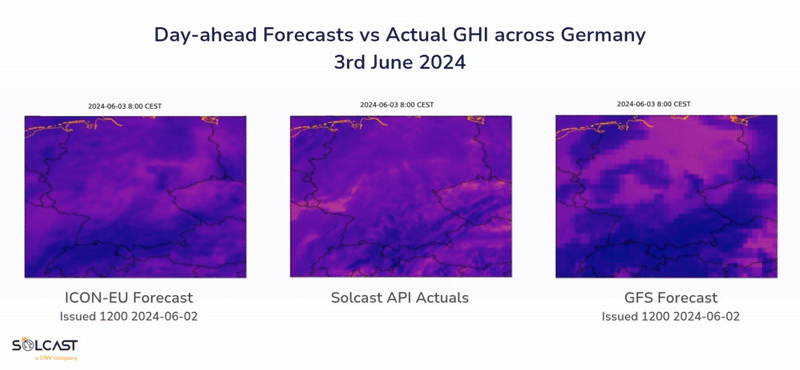
Why do we need accurate generation forecasts?
Accurate generation forecasts are essential for a clean energy transition. With models built for renewable power modeling, it is entirely possible to forecast, model and predict variable power delivery from clean renewable power sources. Grid operators, like the TSOs in Germany, need accurate forecasts to be able to balance the power grid and make the pricing decisions that drive events like we saw on June 3rd. The key take away from this event is that it wasn’t caused by a lack of availability, or a lack of dispatchable power sources, but that the forecasts weren’t as accurate as they could have been!
It is common to hear renewables critics argue that high intraday price spikes are caused by the “unreliable” nature of solar and wind generation. But with accurate forecasts, it is demonstrable that renewable power generation is variable, but predictable, especially when supported with storage and other on demand power sources. To continue to drive the energy transition, it’s essential that grid operators, TSOs, energy traders, market participants, IPPs and even consumers making their own power management decisions, have access to accurate, renewable-specific forecast data.
Interested in seeing how Solcast’s irradiance data built for solar could work for your assets? Check the enhanced solar forecast accuracy in Europe via the Solcast API toolkit. We have recently integrated data from ICON-EU, a higher resolution input dataset, into our model for more timely, reliable, and accurate forecasts. To set up a free guided trial, or get access to our Grid Aggregation models yourself, chat with our team.








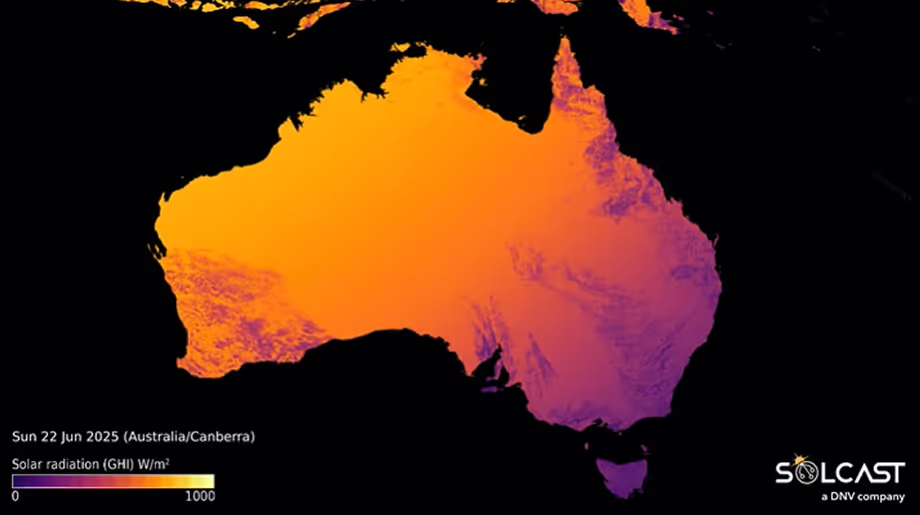
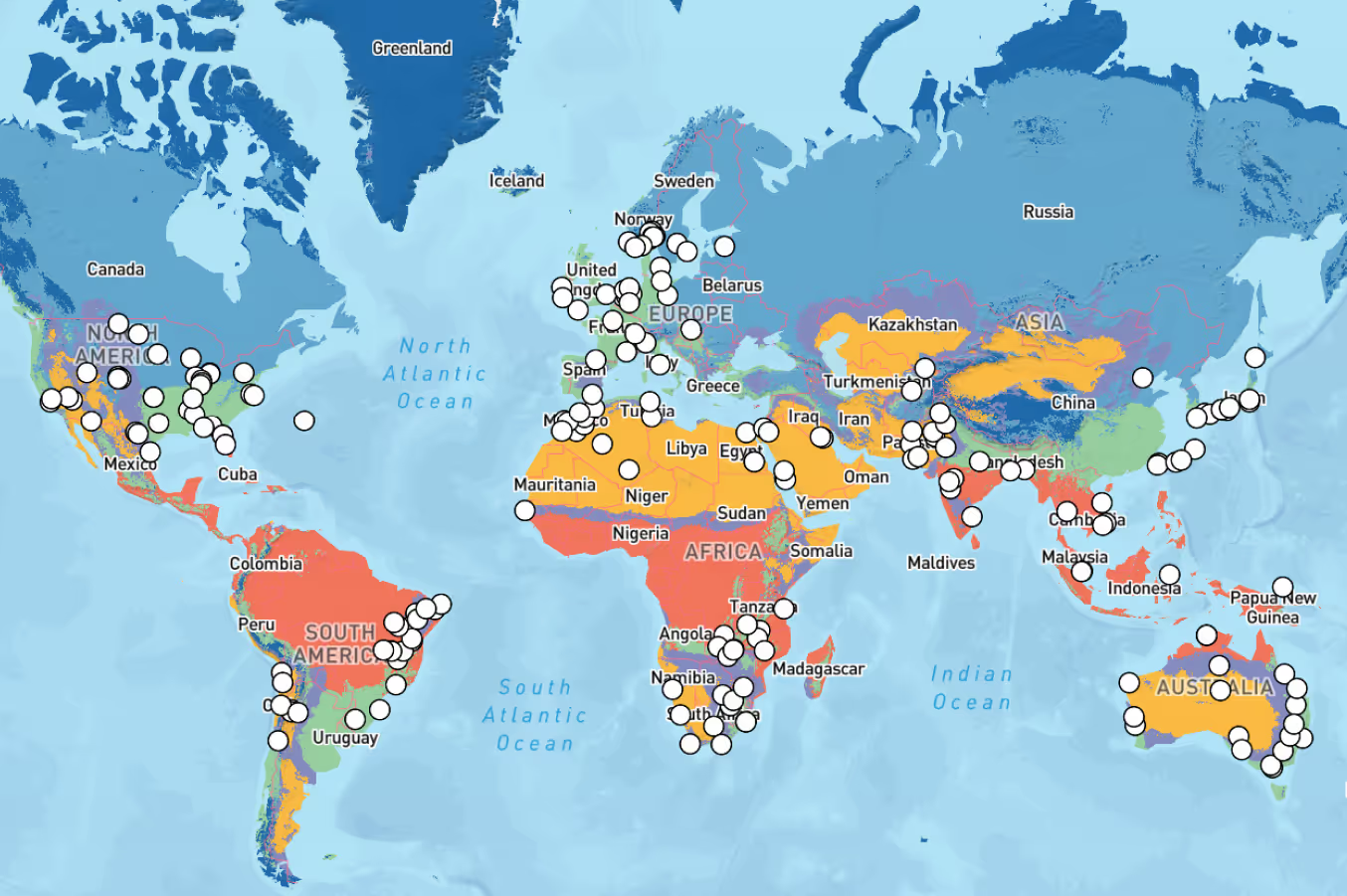
.avif)
